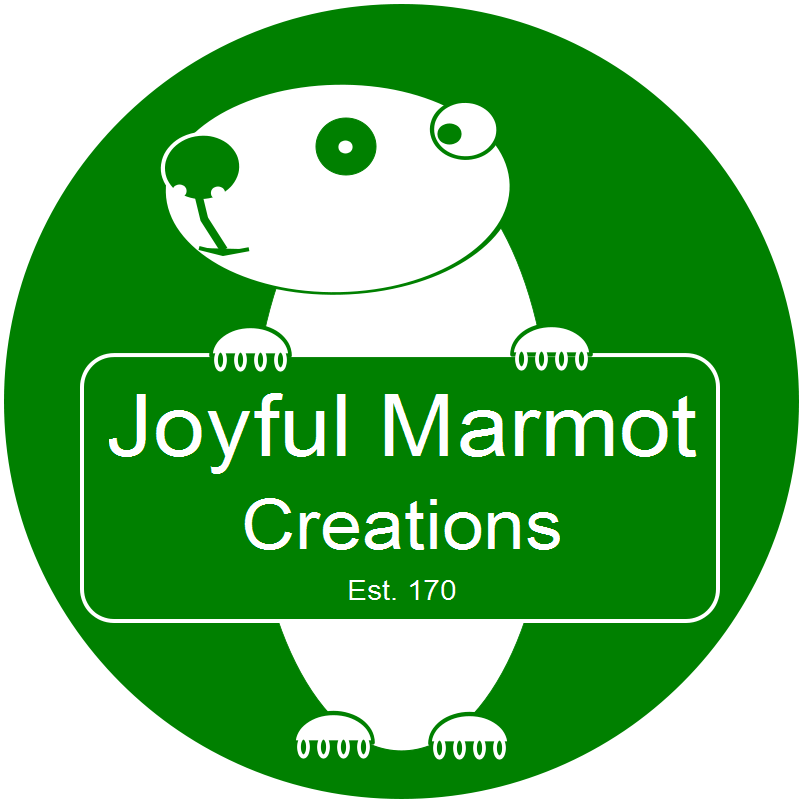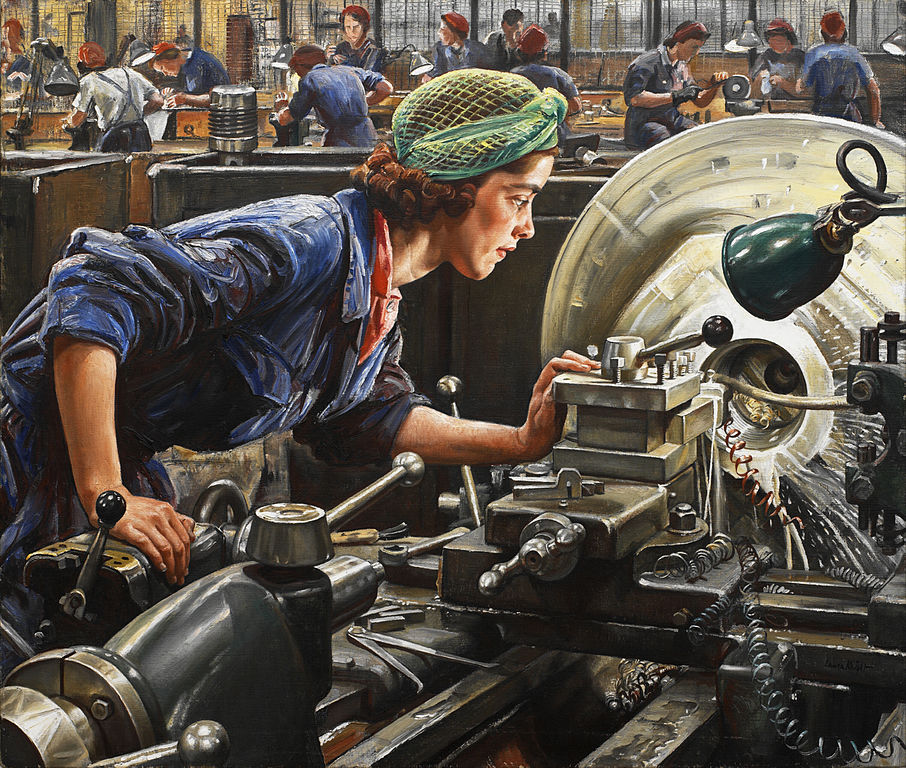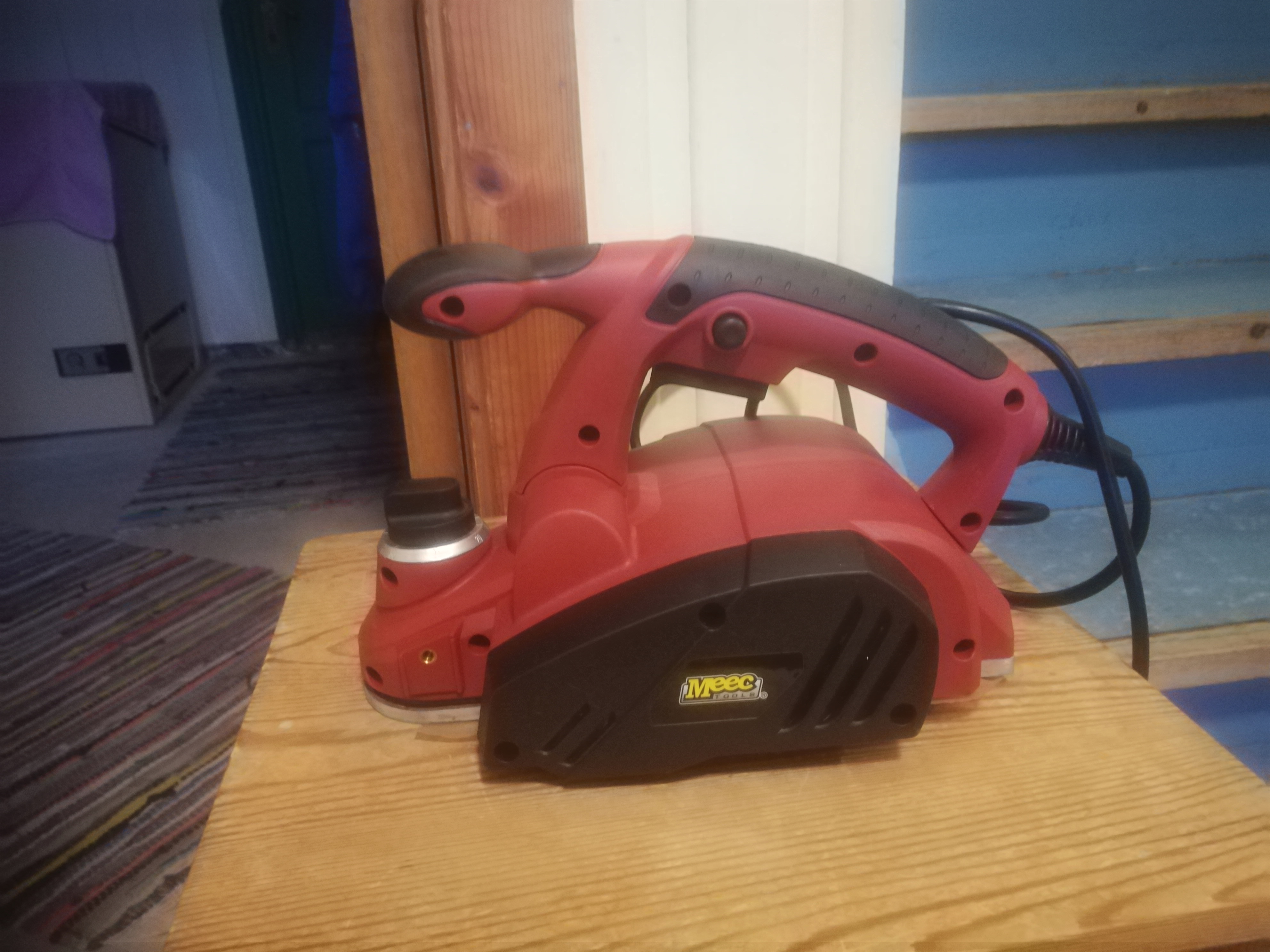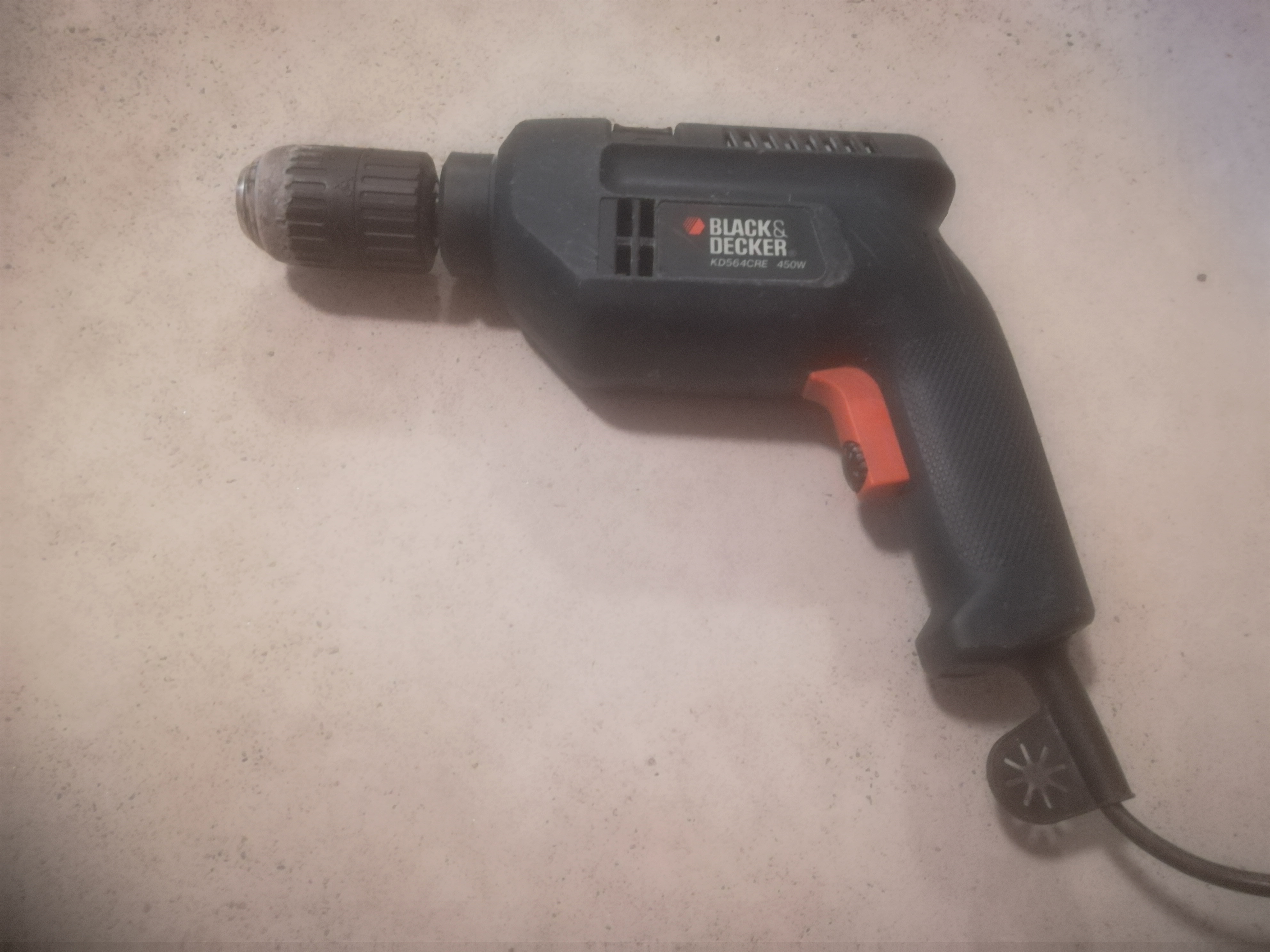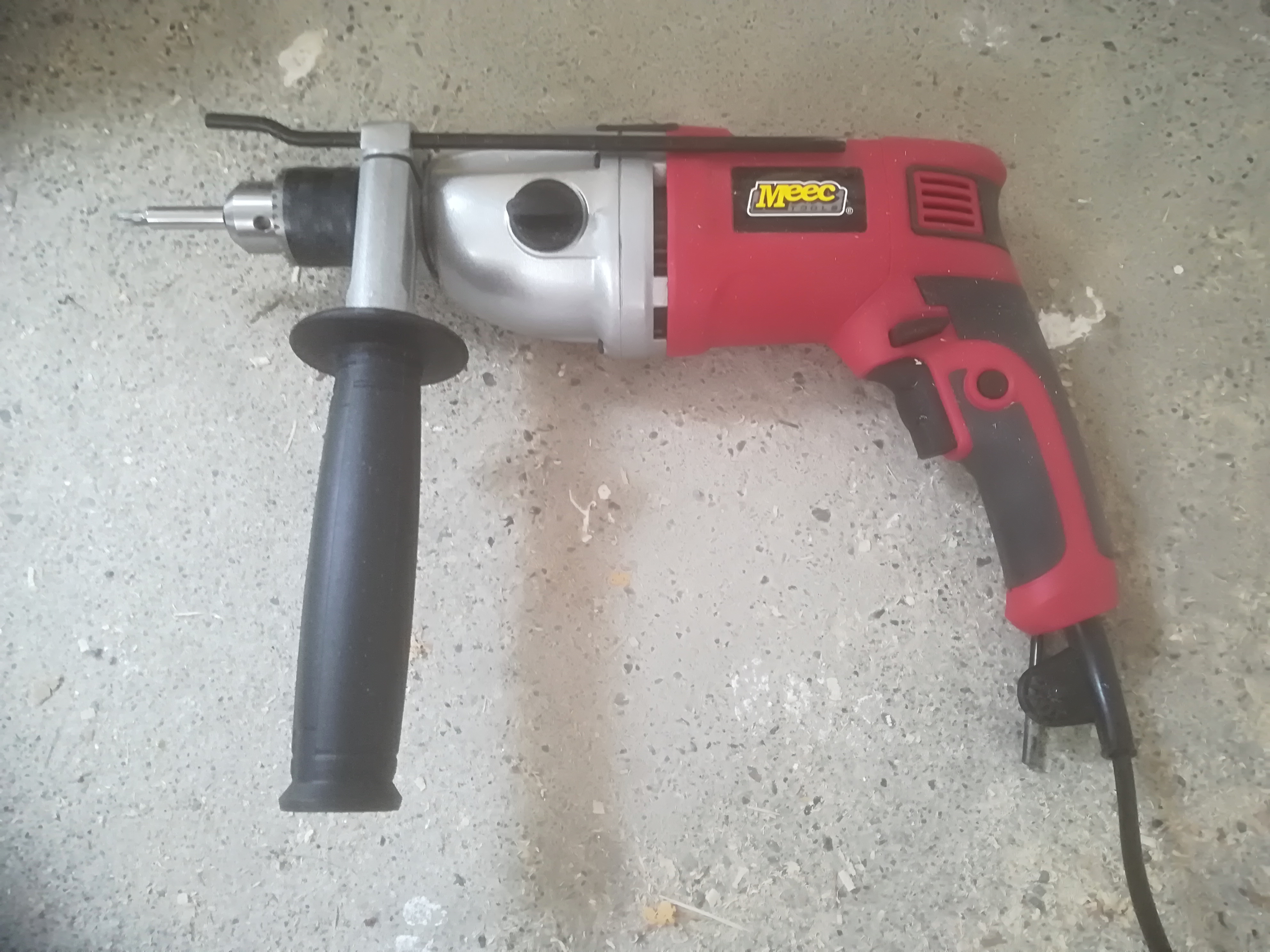BBS: The Documentary is an 8-episode documentary about the bulletin board system (BBS) subculture. It was created by computer historian Jason Scott, from July 2001 to December 2004. A DVD of the series were first made available in May 2005, released under the Creative Commons Attribute-ShareAlike 2.0 and later under 3.0 license.
My intention in mentioning such an old series is not simply nostalgia. Instead, I want it to point to a future, beyond the Internet, where there is a need for small groups of people – family and friends – to keep in contact.
BBS development was first started over forty years ago, during The Great Blizzard of 1978 in Chicago by Ward Christensen and Randy Suess. It was officially launched as CBBS four weeks later, on 1978-02-16.
What happened from the late 1970s until well into the 1990s was that different BBSes attracted different user groups. There were, for example, BBSes that focused on a particular operating system, such as the Amiga. There were others that had a focus on a particular religious orientation. Others had a focus on music.
Then came the internet, and the World Wide Web… and people stopped using BBSes.

Some confusion arises in computer discussions because many people don’t understand the difference between a net and a web (to keep to three letter words). To make it worse, some people use the terms interchangeably. I understand the confusion, because most people don’t have to deal with the physical net at all. A router is plugged in, and in less than five minutes they are connected to the internet, or is it the world wide web?
Nets are physical. Devices connected to a router (in a house, school or other building) form a local area network (LAN). There may be a number of intermediate networks, but at some point this conglomeration of equipment becomes part of a wide area network (WAN). Within a physically distributed organization, such as a school board with many different schools, or a company with many physically separate branch offices, these can be connected together into an intranet, which is a private net. The internet is the ultimate net of nets.
In contrast, a web is an information space, with vast amounts of content, which is identified using a URL (Unique Resource Locator). This content can be accessed (transferred) using facilities of the internet. Information available for access is stored on a web server, which can be located anywhere in the world. Protocols, such as HTTP (HyperText Transfer Protocol) are used to transfer data from a web server to a web browser, and from there to file systems. In today’s world, HTTPS, a secure (encrypted) HTTP variant is most often used. This said, there are other protocols needed to ensure communication. For example, TCP/IP (Transmission Control Protocol/ Internet Protocol) is used to move packets of information. There are a large number of protocols that form an internet protocol suite. Most users do not need to know anything about these, because the details are handled by a web browser.
The web most people know and love, is one that is traversed by search-engine crawlers. These note what they find, and their results are made available on search-engines like Google and Bing. Frequently, this is given the name World Wide Web. However, it is increasingly being called the Surface Web.
Beneath the surface web, is the deep web. Search-engines are prohibited from accessing numerous servers hosting website data. The adjective sensitive followed by by other adjectives including, but not restricted to, military, government, corporate or personal, and ending with the noun, data, all form part of a larger web, an assemblage of data that potentially can be accessed, if not by everyone, at least by people who have the necessary authorizations, for their small fraction of the deep web.
Within the deep web, is a dark web. Some only see it as pure evil, lawless and unregulated, a place used by criminals to promote illegal weapons and drugs. Others regard it as a haven, using heavily encrypted content so that dissidents, and people persecuted for their believes, sexual orientations, and other disparities with conventions, can communicate with the outside world.
Return to the Past
In the 1980s and beyond, elite, WaReZ or pirate BBSes distributed cracked software and other unlawful content. They co-existed with more family friendly boards that avoided seedier content. This mirrors today’s situation. People haven’t changed, but the technology has.
My interest in the dark web stems from privacy concerns. I do not regard the tracking of anyone’s personal beliefs and activities to be a legitimate right of governments, mega-corporations or anyone else. Before and during World War II, information found in population registers was used by governments in Europe (and elsewhere) to arrest, imprison, torture and kill ordinary people, who had committed no crime, but were regarded as deviant. It is difficult to know how governments in the future will react, but there are signs that everyone should be on guard.
Thus, it is in everyone’s best interest to question their personal use of the internet and, especially, their connectivity to mega-sites, such as Facebook and Google. There are legitimate reasons for accessing the dark web. To do so requires the services of a dark net. There are two approaches in use today: friend-to-friend networks and privacy networks.
A friend-to-friend (or F2F) computer network allows users to make direct connections with people they know. Retroshare is an example of a F2F network. See this [replacing an inoperative old link. ]
Privacy networks require a more advanced approach, and is more appropriate for people with special needs. People interested in the topic may find this 7 minute video of interest. [No they won’t because this video is no longer available. Use the link in the previous paragraph.]
Note: On 2023-11-10, both Retroshare links originally provided were found to be inoperative. These were replaced with a single new link.



